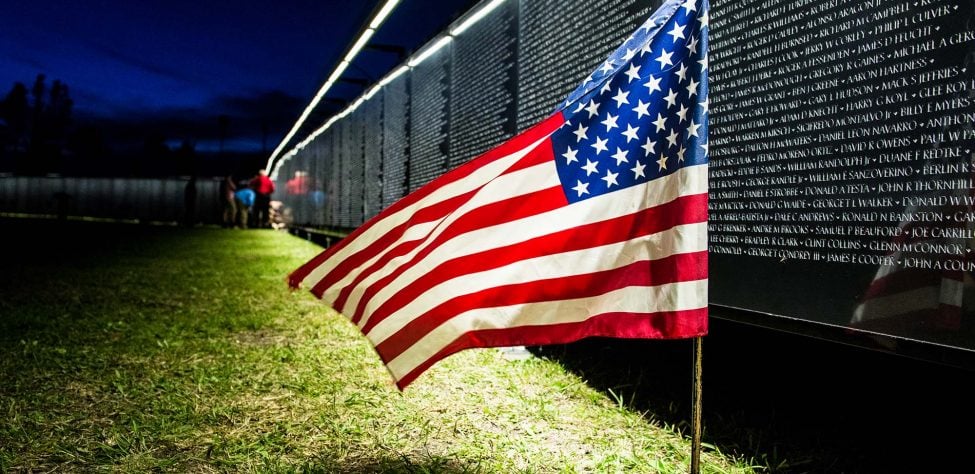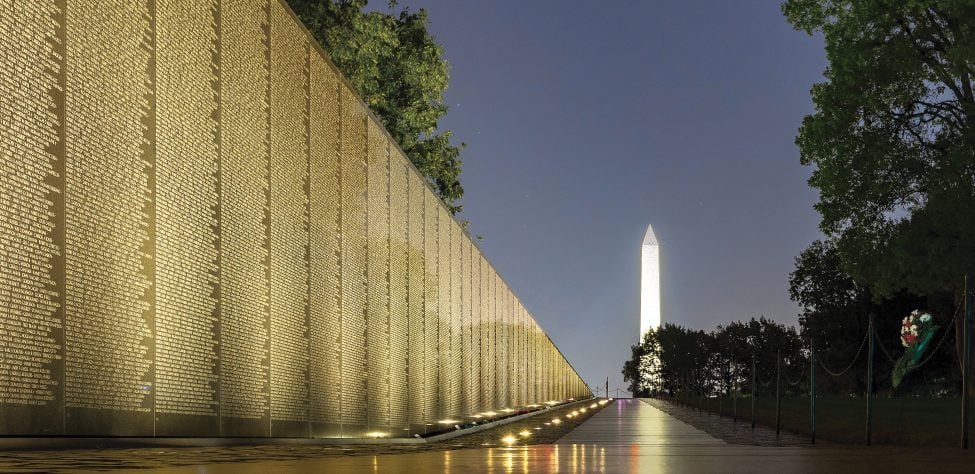

Welcome to the Vietnam Veterans Memorial Fund’s Self-Guided Tour.
If you are trying to look up a name, please click on the below ‘Wall of Faces’ button.
Wall of Faces
To start your tour of the Memorial Site, please click the below ‘Next’ button.
Next
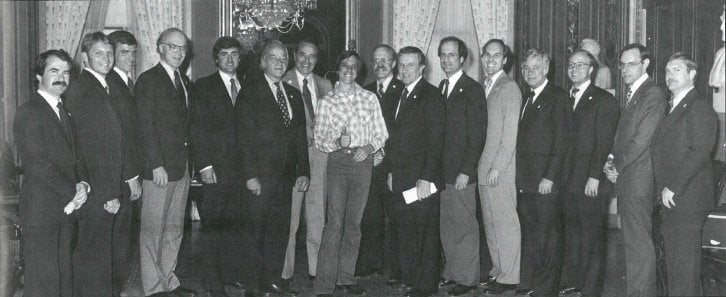

Click the play button to view The History of the Vietnam Veterans Memorial:
Click the play button to hear the text read aloud:
It was the late 1970s when Jan Scruggs, a wounded and decorated Vietnam veteran, conceived the idea for a national memorial honoring Vietnam veterans. Soon joined by his first ally, Robert Doubek, a former Air Force intelligence officer and attorney, they incorporated the Vietnam Veterans Memorial Fund and the organization led the drive to create a memorial in Washington, D.C. to honor all who served in Vietnam. In 1980, the Vietnam Veterans Memorial Fund was authorized by Congress to fund and build the memorial on the National Mall.
A national design contest was held and 1,421 entries were received. VVMF set four major criteria for the design:
1 – It had to be reflective and contemplative in character;
2 – It had to be harmonious with its surroundings, especially the neighboring memorials;
3 – that it contain the names of all who died or remain missing; and
4 – that it make no political statements about the war.
A panel of judges, made up of artists and architects, reviewed the entries and unanimously declared the winner to be 21-year-old Yale undergrad Maya Lin. Her simple, elegant, nontraditional design struck a chord with the judges.
Lin conceived her design as creating a park within a park – a quiet protected place unto itself. She chose polished black granite for the walls so that its mirror-like surface would reflect the images of the surrounding trees and monuments. The Memorial’s walls point to the Washington Monument and Lincoln Memorial, thus bringing the Memorial into the historical context of our country. The names are inscribed in the chronological order of their dates of casualty, showing the war as a series of individual human sacrifices and giving each name a special place in history.
The Wall was dedicated on November 13, 1982 and is the primary component of the Vietnam Veterans Memorial. It stands as a symbol of America’s honor and recognition of the men and women who served and sacrificed their lives in the Vietnam War.
The Vietnam Veterans Memorial site now includes the Three Servicemen Statue – dedicated in 1984; the Vietnam Women’s Memorial – dedicated in 1993; and the In Memory plaque – dedicated in 2004.
Listen to our podcast episode about the building of The Wall, Echoes of the Vietnam War:
To proceed with the tour, click the ‘Next’ button below.
Next


Go to Panel W36. Of the more than 58,000 names on the Vietnam Veterans Memorial, more than 1,500 are still listed as Missing in Action. One of those names is Morgan Donahue, on Panel 36 West, Line 14.
The son of a World War II Army aviator, Donahue was destined to serve in the military from an early age. Growing up on military bases throughout his childhood, he had a penchant for pranks. While a cadet at the Air Force Academy, he and his roommate John Albright – listed just above on Line 13 – became fast friends and were known for their hijinks. Their penultimate achievement was the kidnapping of the Naval Academy goat prior to the Air Force/Navy game and parading it onto the field in Colorado.
Following graduation from the Academy, both Captain Albright and Major Donahue were flying aboard a C-123 over the Ho Chi Minh trail on December 13th 1968. While providing illumination for accompanying bombers, they were involved in a mid-air collision. As their plane fell to the earth, it is believed both were able to escape. After search and rescue efforts returned only the pilot, they were listed as missing in action.
Even in the early 1980’s, reports of sightings and evidence of Donahue’s survival were received by the United States military. Donahue’s family never gave up hope for his recovery or return. You can see the cross symbol next to the names of Albright and Donahue – indicating their status as Missing in Action.
Many items have been left at The Wall to honor and remember those still missing in action – including one of the largest items ever left at The Wall – the “Wisconsin Hero Bike.” Referred to as simply the “Hero Bike” or the “Wisconsin Rolling Memorial,” this custom-built chopper motorcycle was conceived in honor of the 37 Wisconsin service members listed by the Department of Defense as MIA at the time of production.
Spearheaded by members of the “Bike For The Wall Committee,” a group of Wisconsin Vietnam veterans and motorcycle enthusiasts, construction on the bike began in Wisconsin in June 1994 with donations of cash and parts from supporters throughout the state. The bike is tagged with a license plate reading, “HERO,” a plate registered in April 1994 to the people of Wisconsin. In design, the chopper incorporates the names of each of the ‘Wisconsin 37’ in the paint schemes. A commemorative dog tag for each of the honored Wisconsin MIAs is also affixed to the frame of the bike. No one is permitted to sit on or to ride the Hero Bike until each of the ‘Wisconsin 37’ can be accounted for and their fates made known.
As a part of Rolling Thunder VIII / Run To The Wall ’95 the bike left Wisconsin on May 25th and reached The Wall in Washington, D.C. on May 27th, where it remained on public display for three days during the Memorial Day holiday. On May 29, 1995 the bike was delivered to the National Park Service’s Museum Resource Center and was formally accessioned into the Vietnam Veterans Memorial Collection of items left at The Wall.
Learn more about POW/MIA.
Listen to our podcast episodes about POW experiences, Echoes of the Vietnam War:
Listen to our podcast episode about MIA stories, Echoes of the Vietnam War:
To proceed with the tour, click the ‘Next’ button below.
Next
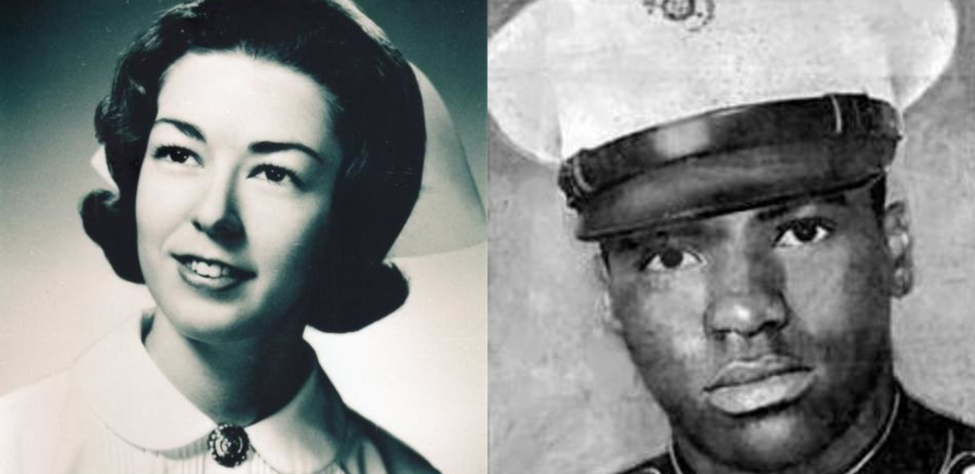

Go to Panel W23. Of the more than 58,000 names on The Wall, there are eight women. All were nurses. Most were killed in airplane or helicopter crashes. Only one was killed by enemy fire. First Lieutenant Sharon Ann Lane, an Army nurse listed on Panel 23 West, Line 112, was killed during a rocket attack on June 8, 1969, less than 10 weeks after she arrived in Vietnam. Assigned to the 312th Evacuation Hospital, Lane was working in the Vietnamese ward of the hospital when the rocket exploded, killing her and her patients. She was from Canton, Ohio.
Women were barred from combat during the Vietnam War but nearly 10,000 military women served in-country during the conflict as nurses, clerks/typists, cooks and support specialists. To recognize their unique contribution in service, the Vietnam Women’s Memorial was dedicated in 1993.
Another unique service member on The Wall is listed just above Sharon Lane on line 96. Dan Bullock was living in Brooklyn, New York when he doctored his birth certificate to read December 21, 1949 so he could enlist in the Marine Corps. He appeared to be 18-years-old but in reality, he was only 14-years-old.
He arrived in Vietnam in 1969 and less than a month later on June 7, 1969, he was killed as a result of small arms fire while on night watch duty. He was just 15-years-old at the time of his death, making him the youngest service member on The Wall.
The average age of service members on The Wall is 23 years, 1 month. The oldest service member to die in Vietnam was 62-years-old.
Listen to our podcast episodes about women during the Vietnam War, Echoes of the Vietnam War:
To proceed with the tour, click the ‘Next’ button below.
Next
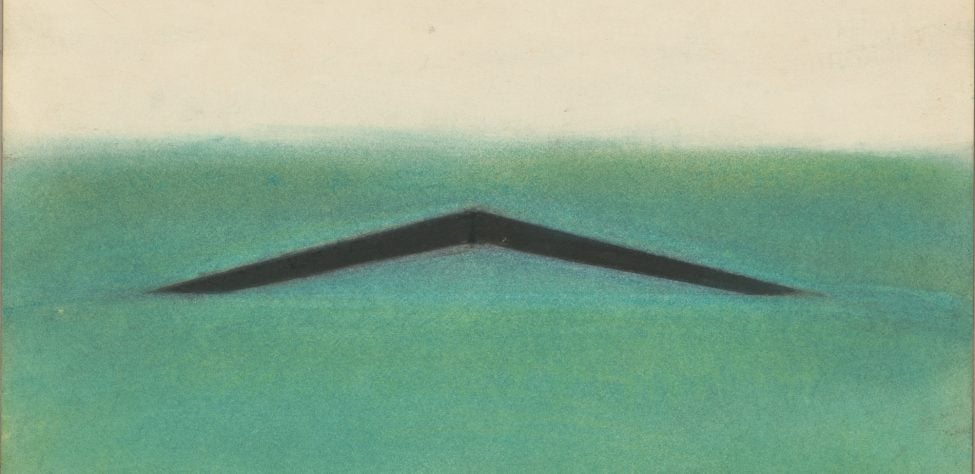

Click the play button to view The Design of the Vietnam Veterans Memorial:
Click the play button to hear the text read aloud:
Go to the middle of The Wall, called the Apex. Inscribed on the polished black granite of the Vietnam Veterans Memorial are the names of more than 58,000 American service members who gave their lives or remain missing. The Wall stands more than 10 feet tall at its highest point and is nearly 500 feet long. It’s made up of 140 numbered panels that come together in a V shape at the apex with the West panels pointing towards the Lincoln Memorial and the East panels pointing towards the Washington Monument.
The listing of names starts in the center of The Wall, which is also its highest point. At the top of panel 1 East is the year “1959” and this inscription: “In honor of the men and women of the armed forces of the United States who served in the Vietnam War. The names of those who gave their lives and of those who remain missing are inscribed in the order they were taken from us.”
The names are then listed chronologically by date of casualty, progressing from panel to panel and line by line going east. The names then resume at the shortest end of the western wall, progressing toward the center where the beginning and end of the war meet. Panel 1 West ends with the year “1975” and this inscription: “Our nation honors the courage, sacrifice and devotion to duty and country of its Vietnam veterans. This memorial was built with private contributions from the American people. November 11, 1982.”
Each name on The Wall includes a symbol designating status. The diamond symbol denotes that the service member’s death was confirmed. The cross symbol designates those who were in missing or prisoner status at the end of the war. In the event a service member’s remains are returned or otherwise accounted for, the diamond symbol is superimposed over the cross.
The design for the memorial came from a national design contest and 1,421 entries were judged. VVMF set four main criteria for the design:
- It had to be reflective and contemplative in character.
- It had to be harmonious with its surroundings, especially the neighboring memorials.
- It could make NO political statements about the war.
- It had to contain the names.
A panel of judges, made up of artists and architects, reviewed the entries and unanimously declared the winner to be 21-year-old Yale undergraduate student Maya Lin. Her simple, elegant, nontraditional design struck a chord with the judges, although it was very controversial at the time among veterans and civilians.
Lin conceived her design as a park within a park – a quiet, protected place unto itself. She chose polished black granite for the walls so that its mirror-like surface would reflect the images of the surrounding trees and monuments.
More about the History of The Wall.
More about the Design and Layout.
To proceed with the tour, click the below ‘Next’ button.
Next
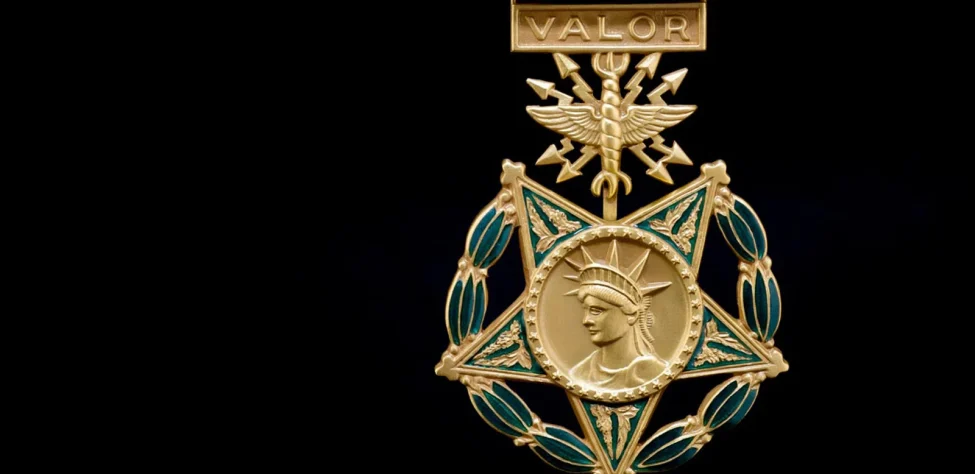

Go to Panel 25E. In an uncomfortable warzone thousands of miles from home, chaplains are often the only sense of peace and calm for service members. Navy Chaplain and Medal of Honor recipient, Vincent R Capodanno, on Panel 25E, Line 95, was amongst the best, earning the title of the “grunt padre” from the Marines he served. His efforts to support them would take him to the chaos of battle, rainy nights in the jungle, foxholes in distant outposts and the chaos of battle.
On September 4, 1967, while providing comfort and aid to the 3rd Battalion, 5th Marines, an already wounded Father Capodanno rushed forward to comfort a wounded corpsman. While administering last rites, he was shot more than 27 times. This act of heroism would earn him the Medal of Honor.
His service to his country was as great as to the Roman Catholic Church – and for that he is currently being beatified. That process, known as canonization, is when the church will prove that he lived and died in such an exemplary way that he deserves to be recognized as a saint.
Capodanno is one of 161 Medal of Honor recipients on The Wall. Of those, 160 were awarded for acts in the Vietnam War. Major General Keith Ware, who died during the Vietnam War, earned his Medal of Honor for actions during World War II.
The Medal of Honor is the highest distinction that can be awarded by the President of the United States, in the name of the Congress, to members of the U.S. armed forces who have distinguished themselves by going above and beyond the call of duty, risking their lives while exhibiting intrepidity and valor.
There are three similar, yet distinct, versions of the Medal of Honor, one for each military department. The medals are similar in that each consists of a variation of a five-pointed star worn around the neck on a light blue ribbon.
Only about 3,500 Medals of Honor have been awarded to members of all services. Of the millions of U.S. service members who served during the Vietnam War, only 268 were awarded the Medal of Honor, including those who survived and those who died.
To proceed with the tour, click the ‘Next’ button below.
Next
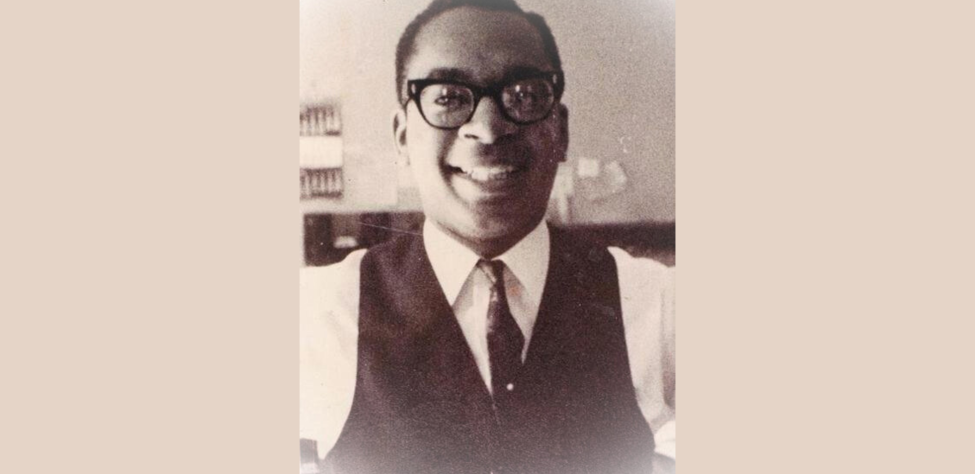

Go to Panel 35E. Half of the panels on The Wall include names of those who died in 1968, the deadliest year of the Vietnam War. Amongst the major engagements of that year, the siege of Khe Sanh, the battle of Hue, and the Tet Offensive were amongst the bloodiest of the war.
Beginning on January 30th 1968, the Tet Offensive was an attack by North Vietnam against South Vietnam and U.S. troops. The campaign launched on the Tet new year holiday and consisted of surprise attacks against more than 100 military and civilian control centers in South Vietnam. Over the coming days, North Vietnamese and Viet Cong forces would attack hundreds of bases, outposts and communities throughout the nation. While the fighting would continue for months, the United States would lose 246 service members on January 31st alone, making it the bloodiest day of the war. The deaths from just that day stretch from Panel 35 East, Line 84 to Panel 36 East, Line 44 on The Wall.
The first name listed under that day is Ghalib A. Abdullah on Panel 35 East, Line 84. During the Tet Offensive assault on Can Tho Army Airfield, Abdullah was defending the perimeter fence when he was killed by enemy fire. Ghalib was from Brooklyn and a 1960 graduate of the School of Industrial Arts in New York City.
Abdullah was amongst the two million men who were drafted between 1964 and 1972. Originally established for the Civil War, the draft became a necessity to fill vacancies that could not be filled by volunteers. Until 1968, the draft was carried out by local draft boards who selected young men living in the community not exempted by medical, education or marriage status.
While protests against the draft go back to its establishment, as the images from Vietnam and protests against the war increased, protesting the draft was also a way to protest the war. These protests led many to mistakenly believe a majority of those serving and dying in Vietnam were unwilling draftees. Slightly more than 30% of the service members listed on The Wall were draftees while nearly 70% volunteered.
In 1969, the draft was changed to a national draft lottery where random numbers were assigned based on birthdates. These national drafts continued until 1972. While the selective service remains, our nation’s military has been an all-volunteer force since 1973.
More about the draft.
Listen to our podcast episodes about the deadliest year, Echoes of the Vietnam War:
Listen to our podcast episodes about the draft, Echoes of the Vietnam War:
To proceed with the tour, click the ‘Next’ button below.
Next
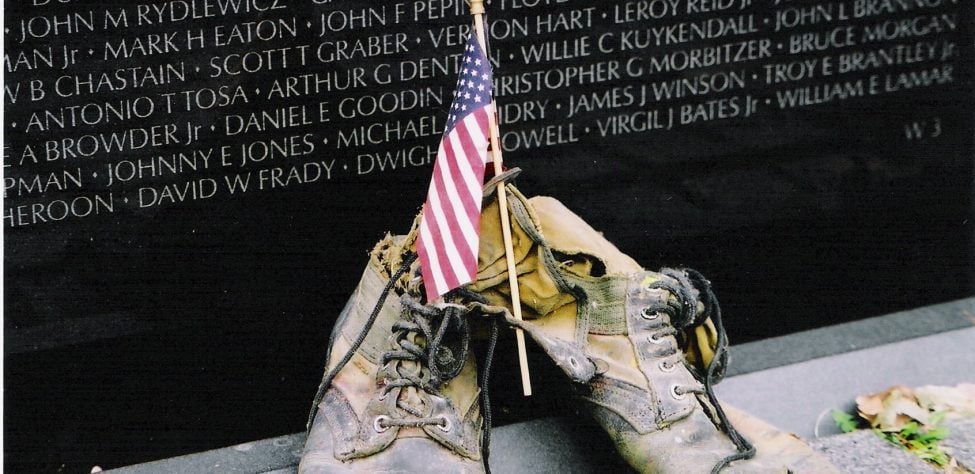

Click the play button to view The Items Left at The Wall:
Click the play button to hear the text read aloud:
More than 400,000 items have been left at The Wall since its dedication in 1982.
Each day, National Park Service rangers carefully collect these items, note their locations and send them to a facility in Landover, Maryland, to be archived as part of the Vietnam Veterans Memorial Collection.
There is a story, which may or may not be true, that when the concrete was being poured for the retaining walls of the Vietnam Veterans Memorial, a veteran came up, dropped a Purple Heart in the concrete and saluted. If this story is true, it also marks the first of many hundreds of thousands of items that have been left at The Wall over the years.
When The Wall was dedicated in 1982, it started a phenomenon that was unprecedented and unexpected. People visited, touched the names and left offerings at the base of The Wall. These items included letters, photos, dog tags, stuffed animals, unit patches and anything else you can imagine—including a prosthetic leg.
Left at The Wall on May 30, 2000 by Kirk Luce, the brother of U.S. Army sniper and Vietnam veteran Walter Scott Luce, this prosthetic leg represents the enduring physical, emotional, and psychological toll of the Vietnam War upon American service members and their loved ones. Photographs attached to the leg depict Walter during his military service and subsequent recovery at Walter Reed Army Medical Center, following the loss of his left leg in combat in 1969.
Handwritten inscriptions upon the surface of the prosthetic bitterly record Walter Scott Luce’s premature death on July 27, 1987 at age 37 due to an Agent Orange-related illness, as well as his brother Kirk’s attempt to come to terms with the grief of that loss- “I’ve been waiting to do this since you died. This is my way of putting your name on The Wall. This is closure for me, to forget the bad times and remember the good times.” These inscriptions also make note of the wife and two young children left behind in the wake of Walter’s untimely death, and enshrine for posterity Kirk’s plea on behalf of his departed brother, ” Please Put My Name on THE WALL”. A victim of exposure to toxic defoliants rather than a direct combat casualty, Walter Scott Luce does not qualify under Department of Defense guidelines to have his name engraved upon the Memorial.
To honor those that died as a result of their service like Walter Luce, the In Memory program was created. The In Memory plaque is in the Three Servicemen Statue plaza and it reads “In memory of the men and women who served in the Vietnam War and later died as a result of their service. We honor and remember their sacrifice.”
Listen to our podcast episode about the items left at The Wall, Echoes of the Vietnam War:
To proceed with the tour, click the ‘Next’ button below.
Next
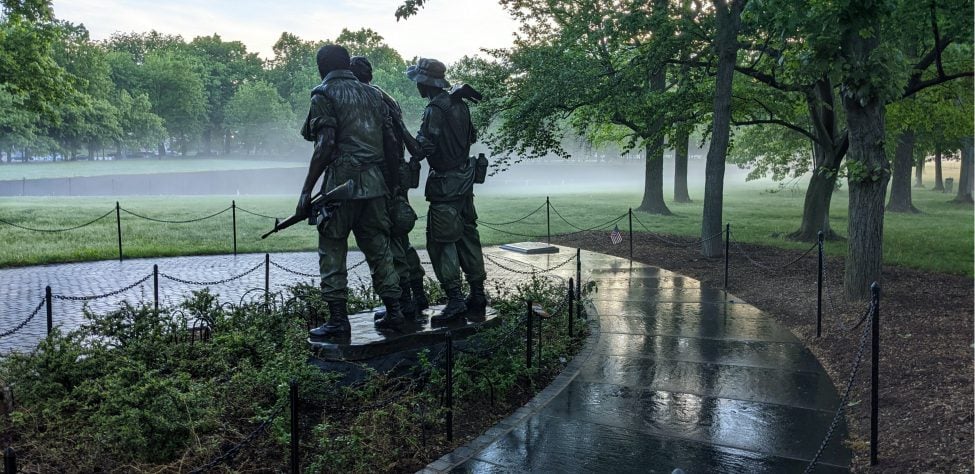

Click the play button to view About the Three Servicemen Statue (2:11):
Click the play button to hear the text read aloud:
Each detail of the Three Servicemen Statue tells the story of a particular time and place. From the towel around the neck to the bug spray in the band of the helmet to the boonie hat worn just so – the sculptor, Frederick Hart, paid attention to every detail in tribute to the men and women who served and sacrificed.
Figures and Uniforms
The three figures stand seven feet high and are placed on a one-foot granite base. Representation of the ethnic groups that fought in the Vietnam War were an important consideration for the sculpture. Live models were used, representing Caucasian, African-American and Hispanic service members. None of the figures wears a complete and accurate uniform from any service branch. The uniform items and gear are authentic to the time, but mixed on purposes to represent the Army, Navy, Air Force, Marine Corps and Coast Guard in only three figures.
Ammunition
The figure on the left wears an ammunition bandolier, which has become a point of controversy over whether the bullets should point up or down. The sculptor interviewed many veterans when designing the statue and there were arguments for both, based on each veteran’s experience in Vietnam. In the end, Hart decided he would have the bullets point up as part of the statue’s artistic expression.
Weapons and other items they carried
The weapons the figures carry are typical of those used in Vietnam. The figure on the left carries an M-60 machine gun. The center figure carries a .45 caliber pistol. The figure on the right carries an M-16 rifle. Other items that service members carried are also depicted – bug spray, a towel, and a canteen.
Boots/Dogtags
The figure in the center has a dog tag laced into his right boot. This is something that many service members did, with one tag around their neck and the other one on the bootlaces of their right boot. The two tags together around your neck often made noise that might alert an enemy of your position. Many considered lacing the second tag on their right boot meant good luck.
To proceed with the tour, click the ‘Next’ button below.
Next
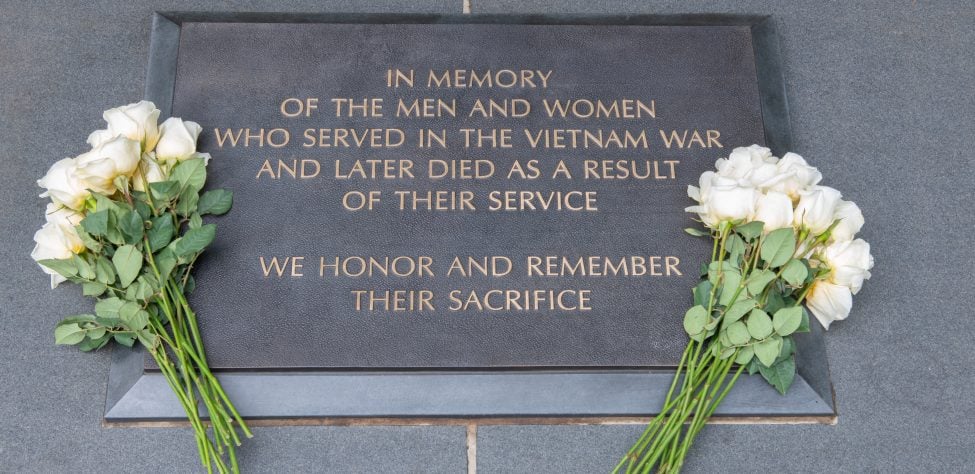

Click the play button to hear the text read aloud:
Years after the war ended and The Wall was built, it became clear that the toll the Vietnam War had taken on those who served was not over. Veterans began to suffer premature deaths related to their service. Some contracted serious illnesses brought on by exposure to the defoliant Agent Orange that was used during the war. Others endured the consequences of post-traumatic stress disorder, PTSD.
To honor these Vietnam veterans who returned home and later died, the In Memory program was established in 1993. Since then more than 6,000 veterans have been added to the In Memory Honor Roll.
On November 10, 2004, a plaque was added to the Memorial site, near the Three Servicemen Statue, honoring the individuals in the In Memory program. The plaque reads: “In memory of the men and women who served in the Vietnam War and later died as a result of their service. We honor and remember their sacrifice.”
Every year, in June, families honor their loved ones who passed away too soon during the annual In Memory Ceremony. It is held on the site of the Vietnam Veterans Memorial and each honoree’s name is read aloud. The In Memory program gives loved ones a community to connect, share their stories and continue to heal from the effects of the Vietnam War.
More about the In Memory program.
Listen to our podcast episode about one family’s In Memory experience, Echoes of the Vietnam War:
Listen to our podcast episodes about PTSD, Echoes of the Vietnam War:
Listen to our podcast episode about the effects of Agent Orange after the war, Echoes of the Vietnam War:
To proceed with the tour, click the ‘Next’ button below.
Next
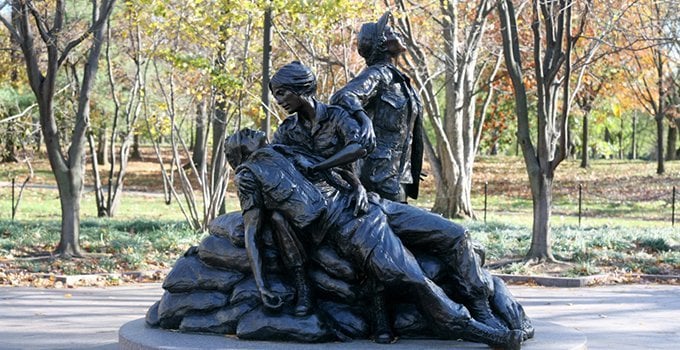

Click the play button to hear the text read aloud:
Eight women, all nurses, are among the more than 58,000 names on the Vietnam Veterans Memorial. Overall, more than 265,000 women served during Vietnam—and nearly 10,000 military women served in-country during the conflict.
Barred from combat, these women served in health care, communications, intelligence and administrative positions. Civilian women served as foreign news correspondents, worked for organizations such as the American Red Cross, Army Special Services, United Service Organizations (USO), Peace Corps, and various religious groups such as Catholic Relief Services, or served in other government agencies.
More about Women in Vietnam.
In late 1983, Diane Carlson Evans, an Army nurse who served in Vietnam, conceived of the idea to add a statue to the Vietnam Veterans Memorial site depicting the roles of women during that conflict and honoring the women who served. To reach her goal, she incorporated the Vietnam Women’s Memorial Project in 1984.
Sculptor Glenna Goodacre was chosen to create the memorial, a 6-foot 8-inch bronze sculpture depicting three women, one of whom is caring for a wounded male soldier. In her design, Goodacre wanted to create a sculpture that was interesting from all sides, a true “sculpture in the round.” For inspiration, she studied photos taken during the Vietnam War.
Goodacre noted that she often saw stacks of sandbags in photos from Vietnam and felt it was natural to include them in her piece. One of the women is supported by sandbags as she, in turn, supports a wounded service member. Another figure looks up in the sky, searching perhaps for a medevac helicopter.
Goodacre felt that the kneeling figure was the “heart and soul” of the piece, because so many vets see themselves in her. “She stares at an empty helmet, her posture reflecting her despair, frustrations, and all the horrors of war,” Goodacre said in a statement explaining the symbolism of the statue. “The soldier’s face is half-covered by a bandage, creating an anonymous figure with which veterans can identify. Even though he is wounded, he will live. I want this to be a monument for the living.”
The Vietnam Women’s Memorial was dedicated in 1993 to honor the women of the U.S. Armed Forces who served in Vietnam.
Listen to our podcast episodes about women during the Vietnam War, Echoes of the Vietnam War:
This concludes the Vietnam Veterans Memorial Self-Guided Tour.
